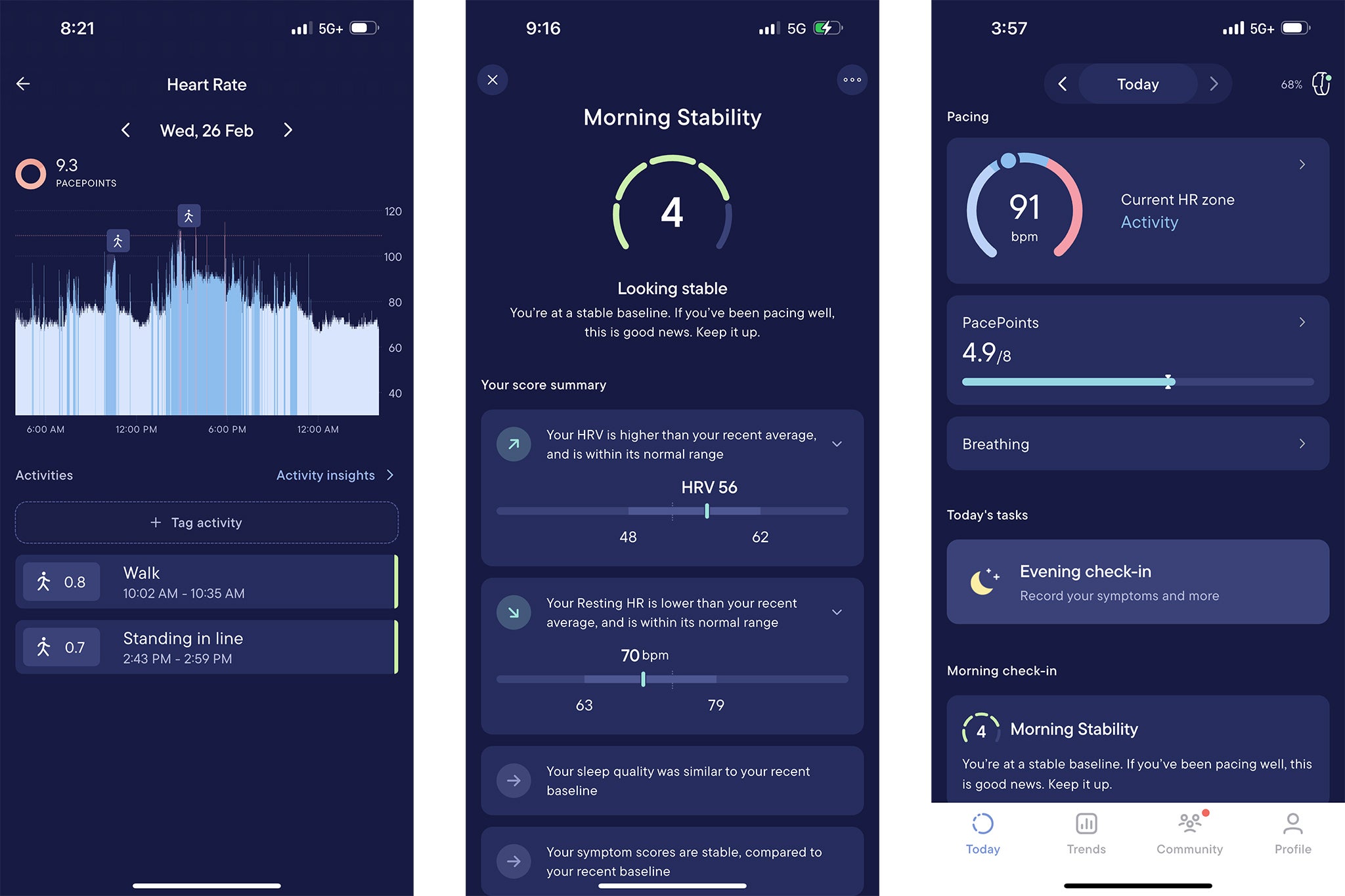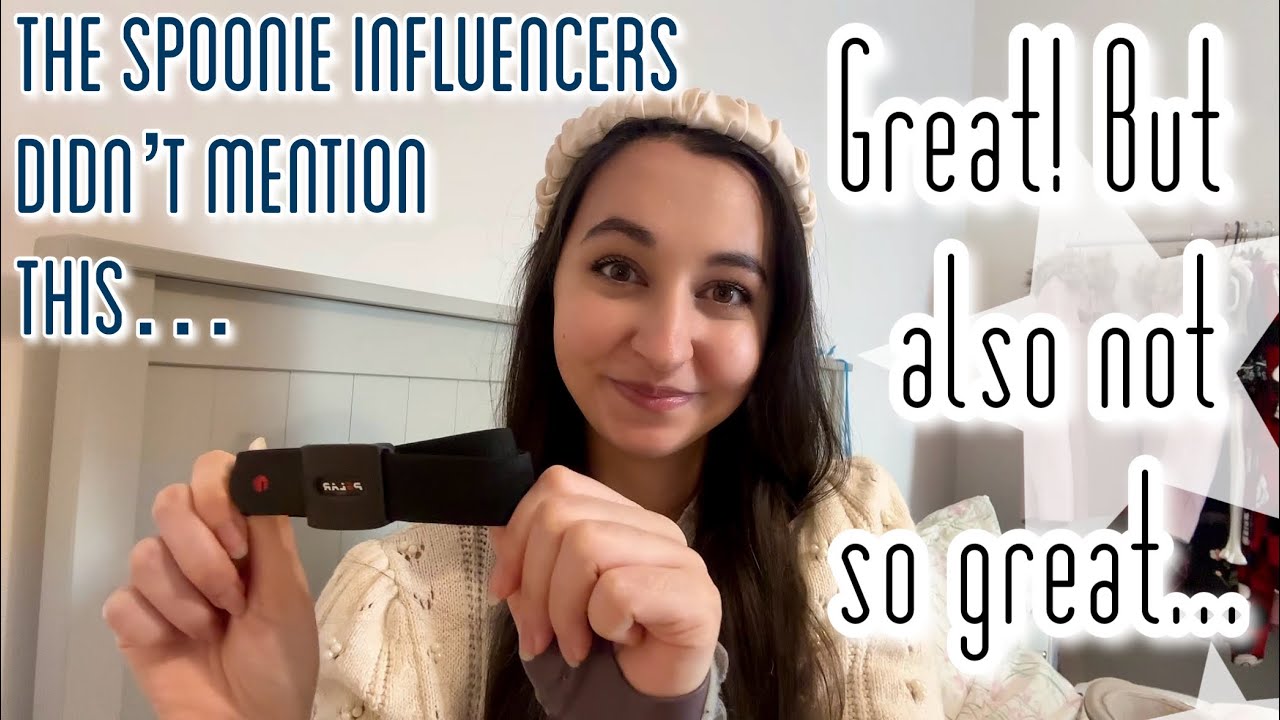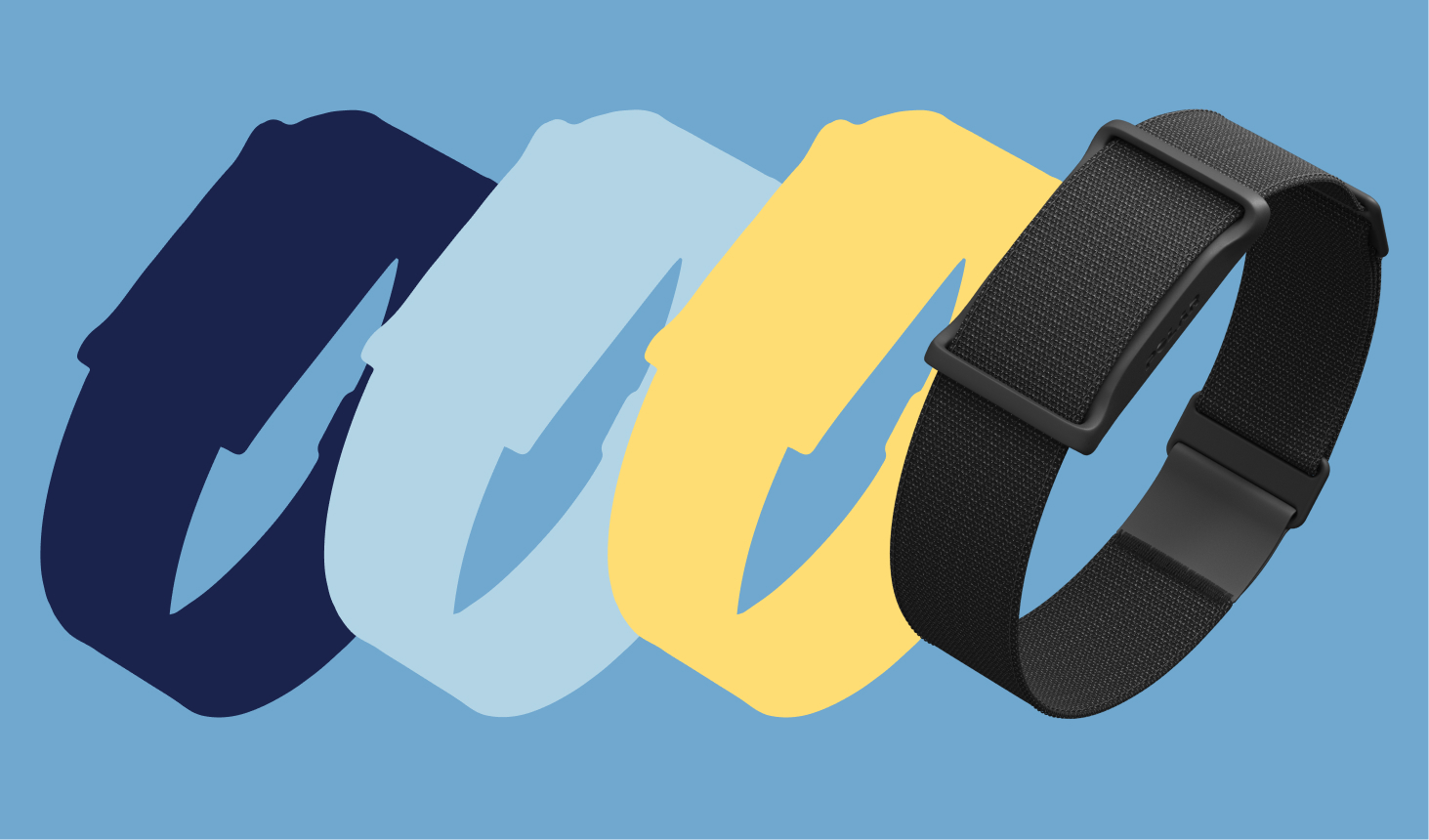Living with a chronic illness that drains your energy feels like walking on a tightrope every single day. For millions dealing with Long Covid, ME/CFS, POTS, fibromyalgia, or similar conditions, just getting through the day can be a massive challenge. That’s where the Visible Armband comes into play—a little device that has quietly been changing lives by helping people manage their energy better. If you’re curious about whether it really works, this is a deep dive into what real users are saying in 2025, what the device actually does, and if it might just be worth trying for yourself.
First off, what exactly is this Visible Armband? It looks kind of like a fitness tracker but don’t be fooled. This isn’t about counting steps or burning calories. Instead, the Visible Armband keeps a close eye on your heart rate—constantly—and uses that info to tell you when you’re pushing your limits. It syncs with an app that tells you when to slow down before you crash. You might wonder why heart rate matters so much here. Well, for folks with energy-limiting illnesses, traditional advice about "moving more" doesn’t work. In fact, overdoing it can send you into days, even weeks, of debilitating symptom flare-ups. So, having something that warns you in real-time to take it easier? That’s huge.
I’ve seen many people say it’s like having a little guardian reminding them that it’s okay to stop, rest, and protect themselves. Users with ME/CFS or Long Covid often feel invisible in their struggles because symptoms can’t be measured easily. The Visible Armband offers something concrete—solid data confirming what they already know about their bodies. For example, one user mentioned how seeing their heart rate spike while just cooking dinner was eye-opening and helped them change how they approached daily tasks.

Looking at hundreds of reviews, the positive vibes jump out. People aren’t just happy—it’s more like relieved and hopeful. The woman who’s been battling ME/CFS for ten years told how the Visible helped her avoid crashing after a rare outing with friends. Another said she finally could validate her symptoms in front of her doctors because the data showed real physiological changes. Beyond pacing, the app also started rolling out sleep tracking, which helps users connect the dots between bad nights and tough days. That feature’s still new, but it’s already getting good reviews.
Of course, it’s not perfect. Some users point out that the device can’t measure mental fatigue or emotional stress, which for many is as draining as physical exertion. And the initial learning curve to understanding personal pacing can be frustrating—getting constant notifications to slow down can feel like a nag at first. But most agree that sticking with it pays off.
So how does all this work? Here’s the gist: the armband straps onto your upper arm and records your heart rate and variations nearly non-stop. After about a week, the app figures out what’s normal for you specifically, instead of using generic fitness zones. Then, it can send alerts if you’re crossing your personal “exertion line.” Pretty clever, right? Plus, it gives you a daily “stability score” and a sort of energy budget, concepts that people in the chronic illness community usually talk about informally. This turns that abstract “energy I have” feeling into something more tangible you can plan around.
Comparing Visible to standard fitness trackers like Fitbit or Apple Watch is interesting too. Those devices try to get you active—more steps, more workouts, burning calories. That’s great for healthy folks, but for someone with Chronic Fatigue Syndrome, that advice can be harmful. Visible is like that quiet, understanding friend who says, “Hey, maybe sit this one out.” It’s informed and sensitive to the reality that rest is medicine.
To sum up some pros and cons:
Pros:
-
Helps avoid the dreaded “push-crash” cycle
-
Validates symptoms with real data
-
Great for communication with doctors
-
Comfortable and unobtrusive

-
Support team that actually listens
Cons:
-
Doesn’t track mental or emotional energy
-
Requires Bluetooth for alerts
-
Subscription and device cost might be a barrier
-
Takes patience to learn and adjust
If you’re wondering whether the Visible Armband is for you—or someone you care about—the overwhelming community consensus is promising. It’s not just another gadget; it’s a tool designed with real understanding of what living with chronic illness means.
Before wrapping up, here are some commonly asked questions:
Q: Can Visible help me if I don’t have a chronic illness but just want to manage daily stress?
A: Visible is really made for those with energy limitations from chronic illnesses. It might not be as useful if you don’t have those specific needs.

Q: How long does it take to see any benefit from using the device?
A: Most users report noticing pacing improvements and fewer crashes within a few weeks as they learn to respond to alerts.
Q: Can I wear the armband all day comfortably?
A: Yes, it’s designed to be light and adjustable. Some users switch arms or positions for best comfort.
Q: Does it track steps or calories?
A: No, it focuses on heart rate and pacing rather than fitness tracking metrics.
Q: How accurate is the heart rate data?
A: It uses high-quality Polar sensors, so accuracy is generally very good, especially compared to smartwatches that use wrist sensors which can be less reliable.
Overall, if managing your energy feels like guesswork or if you’re tired of pushing too far only to crash hard, the Visible Armband might be the steady companion you need. It’s not a magic cure, but it’s a step toward reclaiming control—something many with chronic illness have long been searching for. In 2025, as others chase the latest fitness fads, Visible quietly holds a space for those whose health comes first, giving them the gift of insight, peace of mind, and maybe, a little more freedom to live life on their terms.



